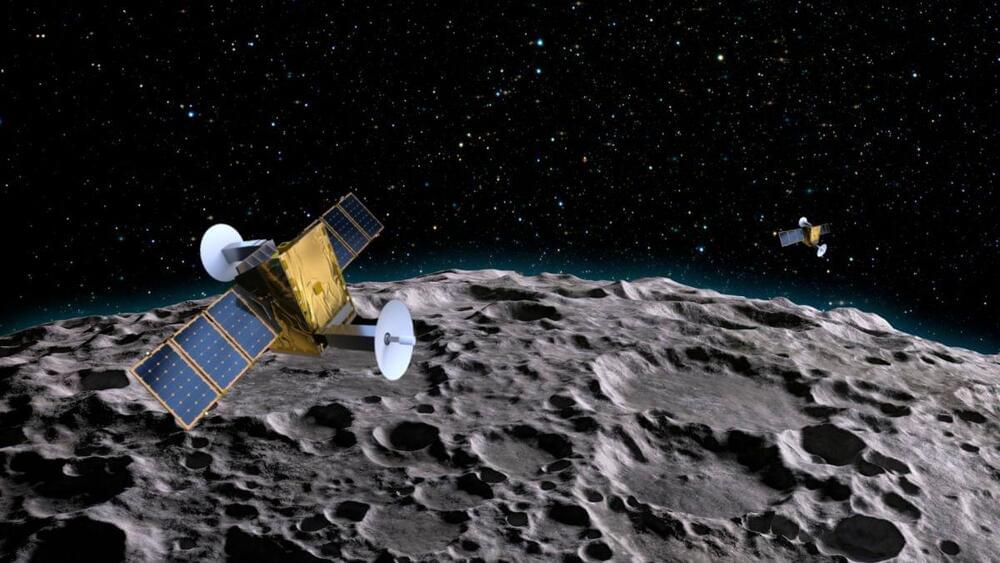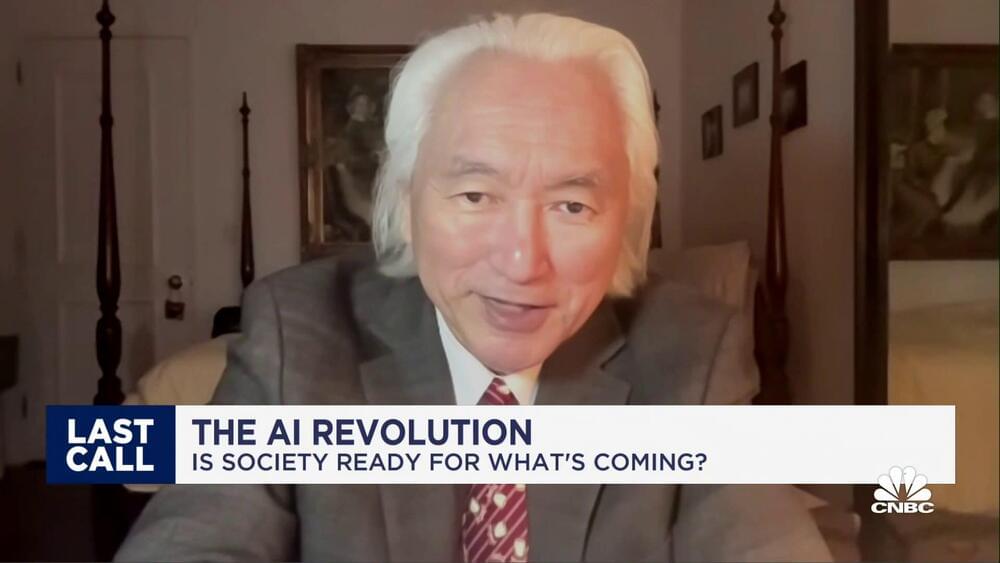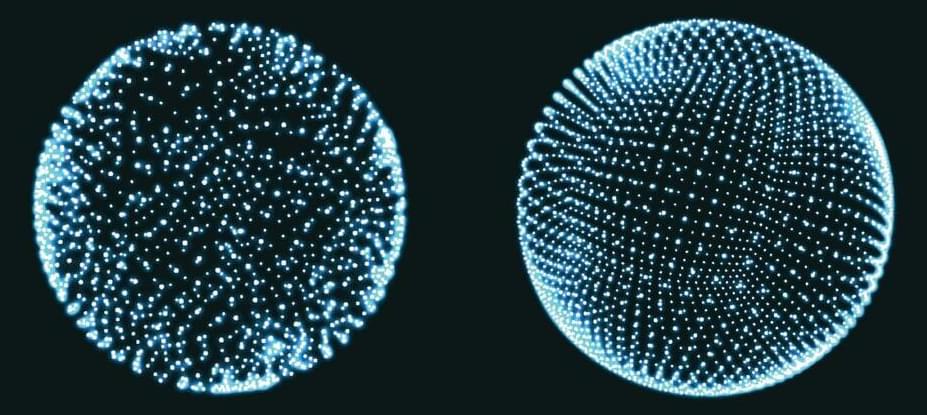The highly anticipated inaugural launch of Starship and Superheavy has arrived! Our live coverage of this historic event will be accompanied by insightful co…
Get the latest international news and world events from around the world.



A.I. has to be regulated, not ‘thrown out the window’, says Prof. Michio Kaku
Michio Kaku, professor of theoretical physics at the City University of New York, Nilay Patel of The Verge, and Ethan Millman of the Rolling Stone discuss the future of artificial intelligence amid growing controversy. Hosted by Brian Sullivan, “Last Call” is a fast-paced, entertaining business show that explores the intersection of money, culture and policy. Tune in Monday through Friday at 7 p.m. ET on CNBC.

Why do some AI researchers dismiss the potential risks to humanity?
Existential risk from AI is admittedly more speculative than pressing concerns such as its bias, but the basic solution is the same. A robust public discussion is long overdue, says David Krueger


Human brains process social situations similarly—researchers discover a brain network for social perception
A recent study conducted at the University of Turku in Finland shows that different people have similar brain activity when perceiving social situations. Researchers discovered an extensive neural network in the human brain that effectively processes various social information.
Social interaction is central to all aspects of human life. Interaction requires the perception and interpretation of the social environment as well as flexible reacting to other people’s behavior. The human brain is capable of such perception and decision-making automatically and rapidly. However, the social information processing mechanisms of the brain remain unresolved.
The study conducted at the Turku PET Centre revealed an extensive neural network in the human brain that processes various social information. The study showed that the social perceptual world of humans consists of a limited set of main dimensions, such as antisocial behavior, sexual or affiliative behavior, and communication. These social dimensions are processed in various brain regions located mainly in the back of the brain, more specifically in the occipital and temporal lobes.
First detection of neutrinos made at a particle collider
A superfluid neutrino radio telescope could scan the entire universe in seconds.
A team including physicists of the University of Bern has for the first time detected subatomic particles called neutrinos created by a particle collider, namely at CERN’s Large Hadron Collider (LHC). The discovery promises to deepen scientists’ understanding of the nature of neutrinos, which are among the most abundant particles in the universe and key to the solution of the question why there is more matter than antimatter.
Neutrinos are fundamental particles that played an important role in the early phase of the universe. They are key to learn more about the fundamental laws of nature, including how particles acquire mass and why there is more matter than antimatter. Despite being among the most abundant particles in the universe they are very difficult to detect because they pass through matter with almost no interaction. They are therefore often called “ghost particles.”
Neutrinos have been known for several decades and were very important for establishing the standard model of particle physics. But most neutrinos studied by physicists so far have been low-energy neutrinos. Previously, no neutrino produced at a particle collider had ever been detected by an experiment. Now, an international team including researchers from the Laboratory for High Energy Physics (LHEP) of the University of Bern has succeeded in doing just that. Using the FASER particle detector at CERN in Geneva, the team was able to detect very high energy neutrinos produced by brand a new source: CERN’s Large Hadron Collider (LHC). The international FASER collaboration announced this result on March 19 at the MORIOND EW conference in La Thuile, Italy.

Physicists Observe Particles Switch Between Matter and Antimatter
A team led by physicists from Oxford University analyzed data from the Large Hadron Collider (LHC) and discovered that a subatomic particle can switch between matter and antimatter, a report by New Atlas explained.
Antimatter, which is differentiated by having the opposite charge to normal matter, is composed of the antiparticles of normal matter. Some particles oscillate between being matter and antimatter via superposition, as illustrated by the thought experiment of Schrödinger’s cat.
In a world-first discovery, it was found that the charm meson, a subatomic particle made out of a charm quark and an antiquark, can travel as a mixture of their particle and antiparticle states, all the while spontaneously switching between the two. The finding is detailed on the preprint server arXiv.